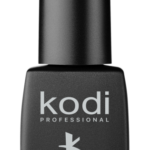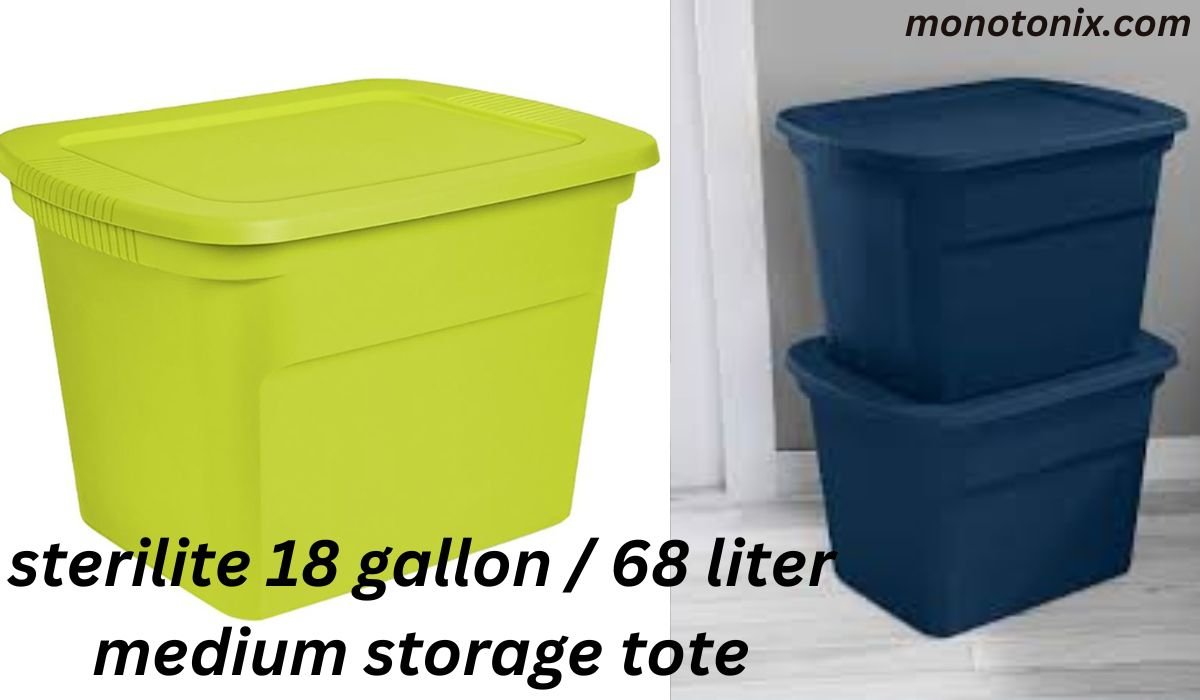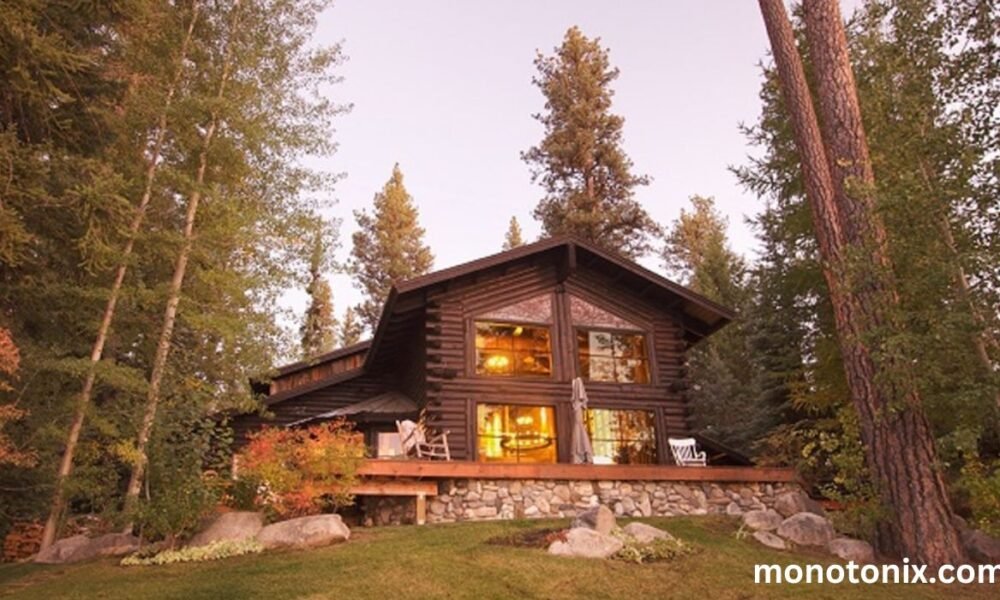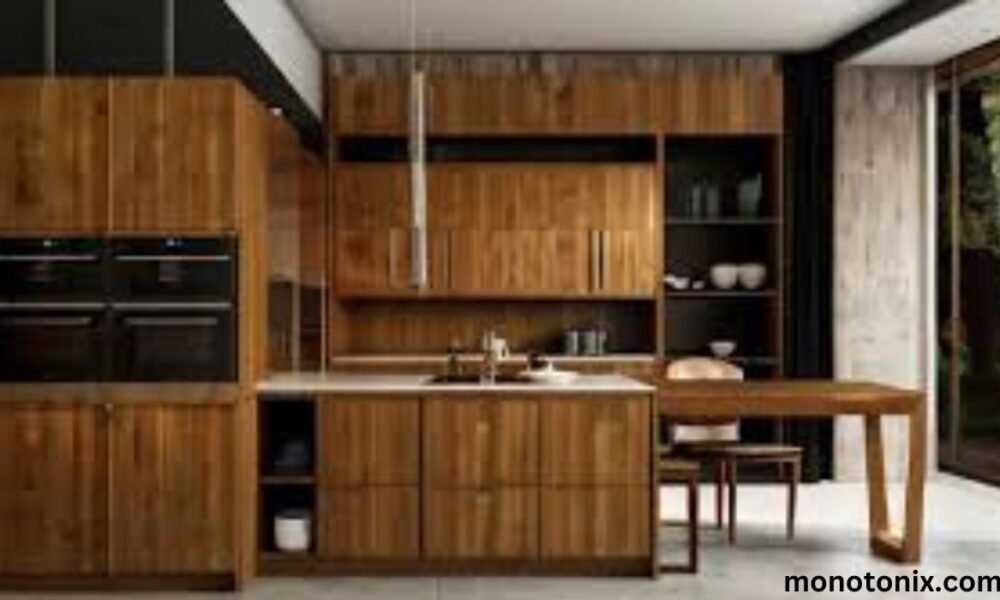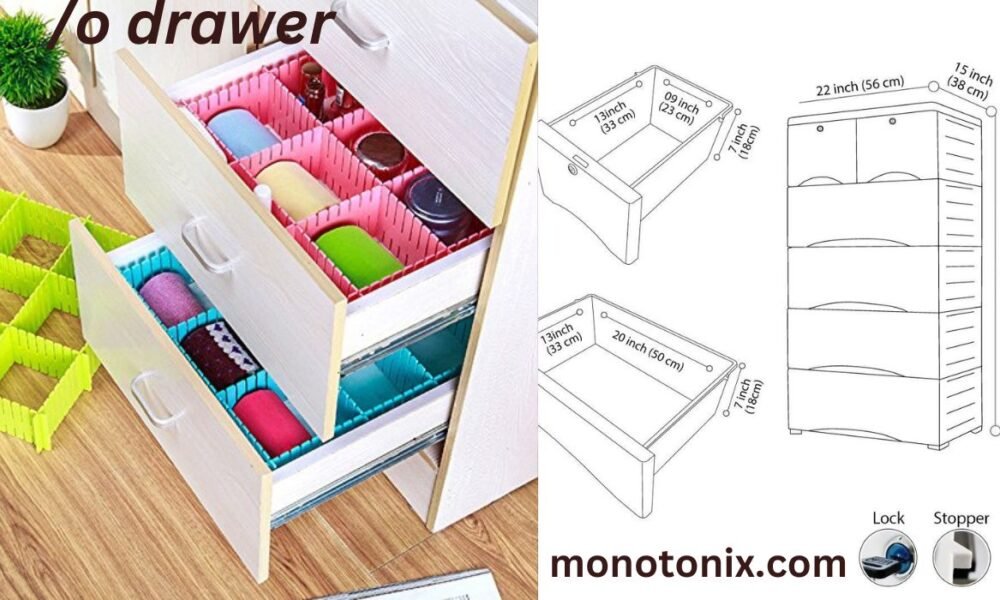Plywood is a versatile material widely used in construction, furniture making, and various DIY projects. Among the many thicknesses available, 5/8 plywood strikes a balance between strength and ease of use, making it a popular choice for various applications. This article will delve into every aspect of 5/8-inch plywood, exploring its composition, types, uses, benefits, installation techniques, and environmental considerations.
1. What is Plywood?
Before focusing on 5/8 plywood specifically, it’s essential to understand what plywood is. Plywood is a type of engineered wood made from thin layers or “plies” of wood veneer, glued together with adjacent layers having their wood grain rotated up to 90 degrees to one another. This cross-graining technique reduces the wood’s tendency to split when nailed at the edges, enhances dimensional stability, and ensures strength across all directions.
Plywood comes in various grades, thicknesses, and types, each designed for specific applications. The glue used to bond the layers also varies, depending on whether the plywood is intended for indoor or outdoor use.
2. Composition and Manufacturing of 5/8 Plywood
5/8-inch plywood consists of multiple layers of wood veneer, typically ranging between 5 to 9 layers, depending on the quality and intended use of the plywood. The layers are bonded with a strong adhesive under high pressure, which ensures the plywood remains intact under various stresses.
Materials Used:
- Wood Veneer: The veneers used in plywood are thin sheets of wood, usually peeled from logs in a rotary-cut process. The species of wood can vary, including hardwoods like oak and birch or softwoods like pine and fir.
- Adhesive: The adhesive used in plywood can be either interior or exterior glue. Interior glues are typically urea-formaldehyde-based, while exterior glues are phenol-formaldehyde, which offers greater water resistance.
The Manufacturing Process:
- Log Selection and Preparation:
- The process begins with selecting logs, which are debarked and cut to size. These logs are then soaked in hot water or steamed to soften the wood for peeling.
- Veneer Cutting: The logs are mounted on a lathe and rotated against a blade, which peels off continuous sheets of veneer. These sheets are then cut into manageable sizes.
- Drying: The veneers are dried to a specific moisture content to prevent warping and ensure proper bonding in the next stage.
- Layering: The dried veneers are stacked with alternating grain directions. This cross-grain layering is critical to the strength and stability of plywood.
- Gluing and Pressing: Adhesive is applied to the veneers, which are then stacked and pressed under heat and pressure. This process bonds the layers together to form a single sheet of plywood.
- Trimming and Sanding: Once the plywood sheet is pressed and cooled, it is trimmed to size and sanded to achieve a smooth surface.
3. Types of 5/8 Plywood
5/8-inch plywood comes in various types, each designed for specific applications. The types of plywood are typically categorized based on the wood species, the type of glue used, and the intended use (interior or exterior). Here are some common types:
A. Softwood Plywood: Softwood plywood is usually made from coniferous trees like pine, spruce, and fir. It is widely used in construction for structural purposes, such as roof decking, wall sheathing, and subflooring.
- Grade: Softwood plywood comes in grades ranging from A to D, with A being the highest quality with minimal knots and blemishes, and D being the lowest grade with more imperfections.
- Common Uses: Softwood plywood is commonly used for exterior walls, roof sheathing, subfloors, and general construction.
B. Hardwood Plywood: Hardwood plywood is made from deciduous trees like oak, maple, and birch. It is valued for its strength, durability, and aesthetic appeal, making it ideal for furniture and cabinetry.
- Grade: Hardwood plywood is graded similarly to softwood, with higher grades used for furniture where appearance is important.
- Common Uses: Hardwood plywood is used in making furniture, cabinetry, flooring, and other interior applications where appearance and strength are important.
C. Marine Plywood: Marine plywood is specially designed for use in moist and humid conditions. It is made with waterproof glue and high-quality veneers to withstand prolonged exposure to water.
- Grade: Marine plywood typically has a high grade, often A or B, to ensure durability in marine environments.
- Common Uses: It is used in boat building, outdoor furniture, and other applications where the wood is exposed to water.
D. Structural Plywood: Structural plywood is designed for load-bearing applications and is manufactured to meet specific strength and durability standards.
- Grade: This plywood is usually not graded by appearance but by structural integrity, with certifications indicating its load-bearing capabilities.
- Common Uses: Structural plywood is used in construction for beams, flooring, and walls where structural strength is critical.
E. Decorative Plywood: Decorative plywood is designed for aesthetic purposes and often features a veneer of high-quality wood on the surface. It is used in interior applications where appearance is key.
- Grade: Decorative plywood is graded based on the quality of the veneer and the finish, with higher grades offering a more visually appealing surface.
- Common Uses: It is used in making wall panels, furniture, and cabinetry.
4. Applications of 5/8-Inch Plywood
The versatility of 5/8-inch plywood allows it to be used in a wide range of applications. Its thickness offers a balance between strength and ease of handling, making it suitable for both structural and non-structural uses.
A. Construction Applications: 5/8-inch plywood is a common choice in the construction industry due to its strength and durability. It is used in various structural applications, including:
- Roof Sheathing: Plywood is commonly used as a base layer for roofing materials, providing a stable and durable surface that can withstand the weight of roofing materials and the elements.
- Wall Sheathing: Plywood is often used to sheath the exterior walls of buildings, providing structural support and a base for siding materials.
- Subflooring: In flooring applications, 5/8-inch plywood is used as a subfloor beneath carpet, tile, or hardwood flooring, providing a solid and stable surface.
- Formwork: Plywood is used in concrete formwork due to its strength and ability to hold up under the pressure of wet concrete.
B. Furniture Making: 5/8-inch plywood is widely used in the furniture industry due to its strength, stability, and ease of finishing. Common furniture applications include:
- Cabinetry: Plywood is a popular choice for cabinets due to its strength and the ability to hold screws and nails securely.
- Shelving: Plywood is used to create sturdy shelves that can support significant weight without warping.
- Tabletops: Plywood can be used to create strong and stable tabletops, often finished with a veneer for aesthetic appeal.
- Drawer Construction: The durability of plywood makes it suitable for constructing drawers, where it can withstand frequent use.
C. DIY and Home Improvement Projects: For DIY enthusiasts and home improvement projects, 5/8-inch plywood is a go-to material due to its versatility and ease of use. Common DIY applications include:
- Custom Shelving: Plywood can be cut to size and used to create custom shelves for closets, garages, or other storage areas.
- Wall Paneling: Decorative plywood can be used to create stylish wall panels that add character and warmth to interior spaces.
- Furniture Building: DIYers often use plywood to build custom furniture pieces, such as coffee tables, benches, and storage units.
- Craft Projects: Plywood is also used in various craft projects, from creating signs to building small decorative items.
5. Benefits of Using 5/8-Inch Plywood
The choice of 5/8-inch plywood offers several benefits, making it a preferred material in various applications. Here are some of the key advantages:
A. Strength and Durability: Plywood is known for its strength and ability to withstand heavy loads. The cross-grain structure of plywood enhances its durability, making it resistant to cracking, warping, and splitting. This strength makes 5/8-inch plywood suitable for structural applications where load-bearing capacity is essential.
B. Versatility: One of the significant advantages of plywood is its versatility. It can be used in a wide range of applications, from construction and furniture making to DIY projects. The availability of different types of plywood allows users to select the best option for their specific needs.
C. Dimensional Stability: Plywood’s cross-grain structure gives it superior dimensional stability compared to solid wood. This means it is less likely to expand, contract, or warp with changes in humidity and temperature, making it ideal for use in environments with fluctuating conditions.
D. Ease of Use: 5/8-inch plywood is relatively easy to work with. It can be cut, drilled, and shaped using standard woodworking tools. Additionally, it is easy to finish, allowing for staining, painting, or veneering to achieve the desired appearance.
E. Cost-Effectiveness: Plywood is often more cost-effective than solid wood
YOU MAY ALSO LIKE;
BKCIANDRE: Elevate Your Space with Premium Kitchen Solutions
Conclusion
5/8-inch plywood is a highly versatile and dependable material that offers a balance between strength and ease of use. Its diverse applications in construction, furniture making, and DIY projects, combined with its durability and cost-effectiveness, make it a popular choice for both professionals and hobbyists. Whether you’re constructing a new building, creating custom furniture, or undertaking a home improvement project, 5/8-inch plywood is a reliable material that delivers excellent performance.
FAQs
1. What is the weight of a 5/8-inch plywood sheet?
A standard 4×8-foot sheet of 5/8-inch plywood typically weighs between 50 to 60 pounds, depending on the type of wood and the moisture content.
2. Can 5/8-inch plywood be used for flooring?
Yes, 5/8-inch plywood is commonly used as a subfloor in flooring applications. It provides a stable base for various flooring materials like carpet, tile, or hardwood.
3. How do I cut 5/8-inch plywood without splintering?
To cut 5/8-inch plywood without splintering, use a sharp blade specifically designed for plywood. Cutting with the finished side facing down and applying masking tape along the cut line can also help reduce splintering.
4. Is 5/8-inch plywood suitable for outdoor use?
5/8-inch plywood can be used outdoors if it is an exterior-grade or marine plywood that is treated to resist moisture and decay. Regular maintenance, such as sealing and painting, can extend its lifespan in outdoor conditions.
5. Can I paint or stain 5/8-inch plywood?
Yes, 5/8-inch plywood can be both painted and stained. Sand the surface lightly before applying paint or stain to ensure better adhesion and a smoother finish.


